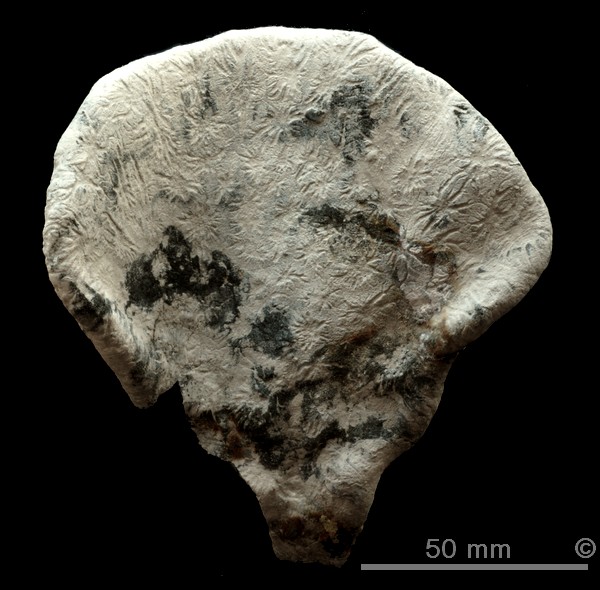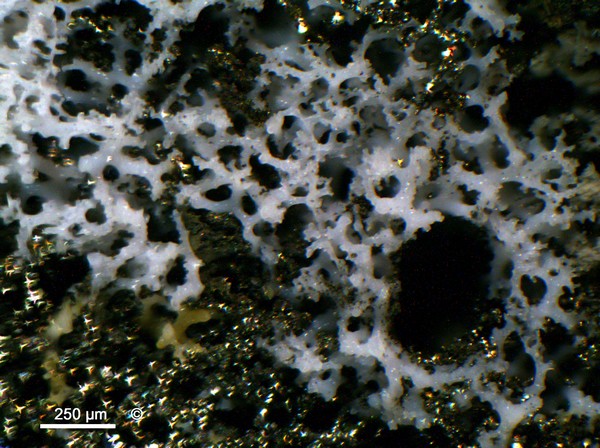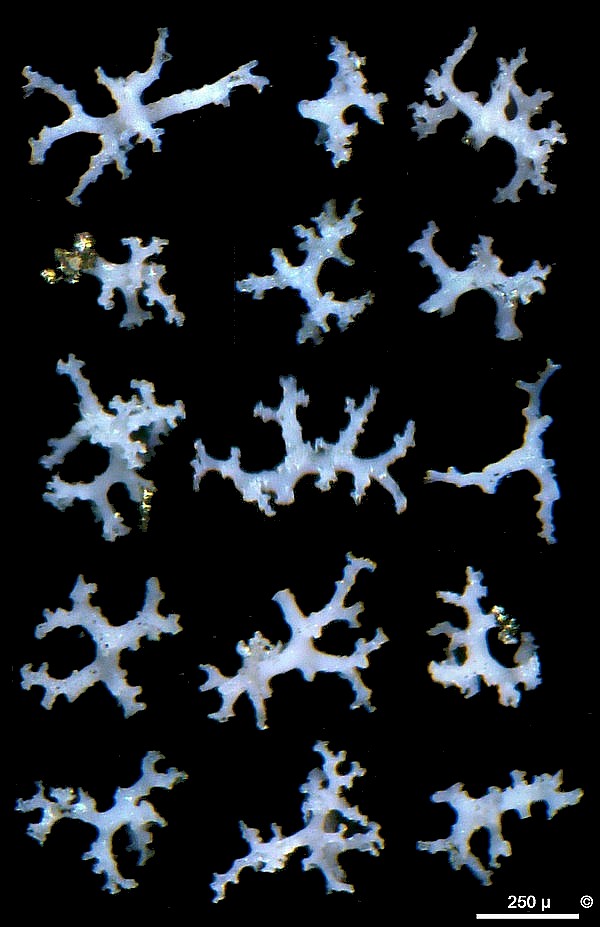
Figure 1 - Trachynotus auriculus, Teutonia, Misburg.
Synonyms:
Coscinostoma auricula Schrammen 1924
Pliobolia vermiculata Pomel 1872
Occurence:
Teutonia, Misburg, Upper Campanian (spiniger zone). Rare.
Trachynotus auriculus occurs in ear-shaped, funnel-shaped or flabellate forms. Funnel bodies taper downwards to form relatively long stems. Common specimen sizes range from 100 to 200 mm, but larger individuals up to 500 mm in diameter are known. The wall thickness of typical specimens is 6 to 8 mm and attains 10 mm in larger specimens. The funnel margins may be smooth, but may also have sinuous to flabellate outlines.
Compared to similar sponges, Trachynotus auriculus is notably hard and brittle, almost like chert or flint.

